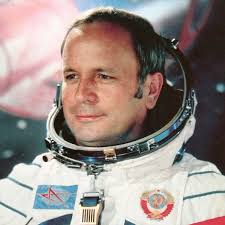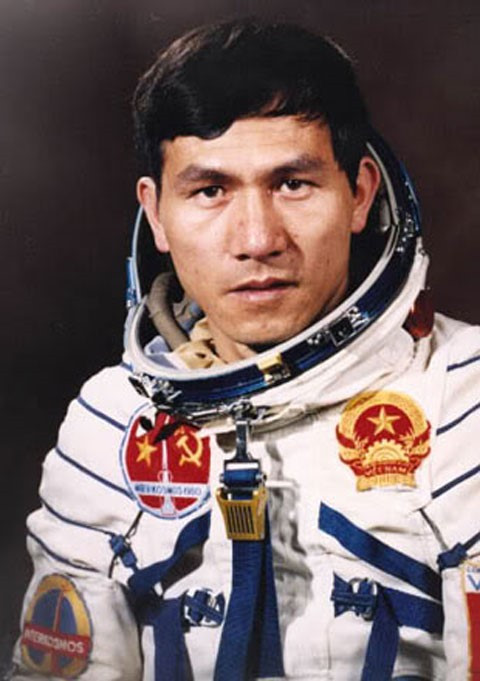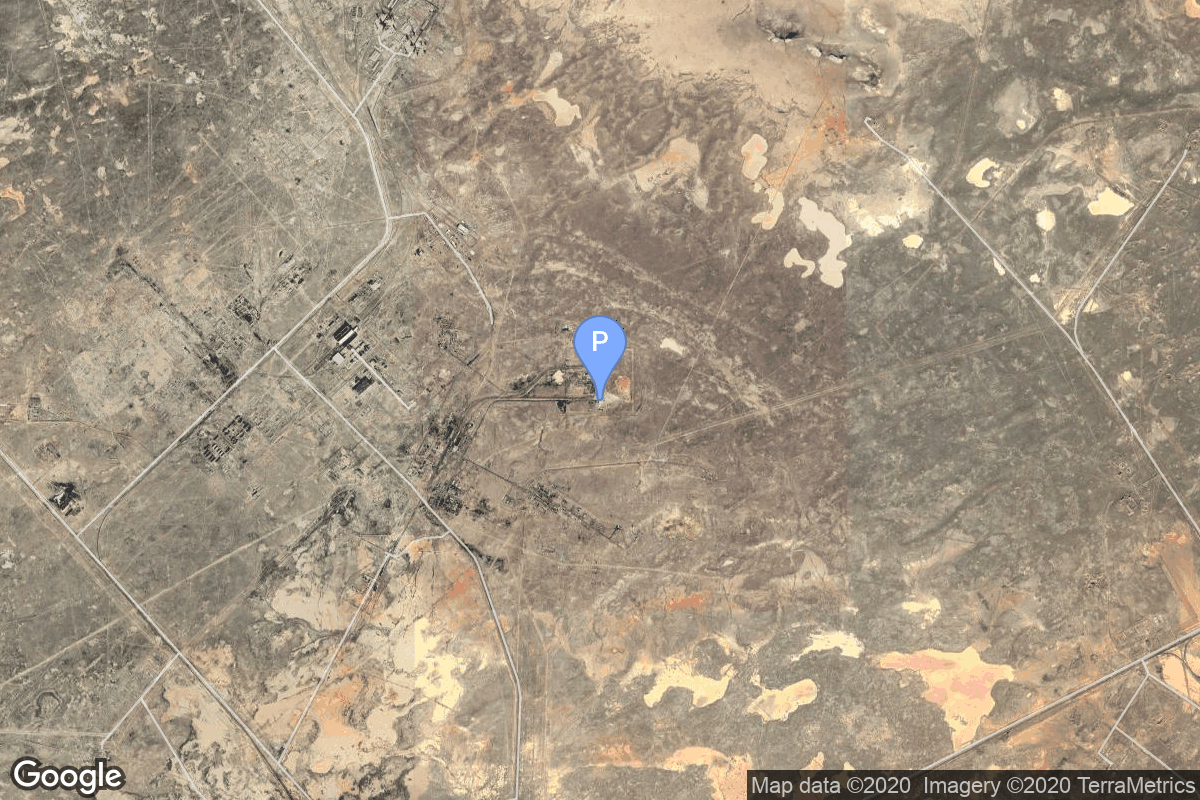Soyuz 37
Soyuz-U
Soviet Space Program
Crew

Viktor Gorbatko
- Birthday: 12/03/1934
- Role: Commander
- Nationality: Russian
- First Flight: 10/12/1969
- Last Flight: 07/23/1980
Viktor Vasilyevich Gorbatko (Russian: Ви́ктор Васи́льевич Горба́тко; December 3, 1934 – May 17, 2017) was a Soviet cosmonaut who flew on the Soyuz 7, Soyuz 24, and Soyuz 37 missions.

Phạm Tuân
- Birthday: 02/14/1947
- Role: Research Cosmonaut
- Nationality: Vietnamese
- First Flight: 07/23/1980
- Last Flight: 07/23/1980
Phạm Tuân (born February 14, 1947) is a retired Vietnam Air Force aviator. He became the first Vietnamese citizen and the first Asian in space when he flew aboard the Soyuz 37 mission as an Intercosmos Research Cosmonaut.
Tuân reached the rank of lieutenant colonel in the VPAF before eventually training to be a research cosmonaut in the joint USSR-Vietnamese Space program. On April 1, 1979, he was selected as a member of the sixth international crew for the Intercosmos program. His backup was Bùi Thanh Liêm. Tuân, along with Soviet cosmonaut Viktor Gorbatko, was launched from Baikonur Cosmodrome on July 23, 1980, on board the Soyuz 37 mission to the Salyut 6 space station.
Mission
Soyuz 37
- Type: Human Exploration
- Orbit: Low Earth Orbit
Soyuz 37 was the 11th mission to visit the Salyut 6 space station and carried the the EP-7 crew, which visited the long-duration Soyuz 35 resident crew. The mission began on July 23, 1980, 18:33:03 UTC, launching Commander Viktor Gorbatko and Research Cosmonaut Pham Tuân, the first Viatnamese cosmonaut, into orbit. They docked with the station the next day. During their 7-day stay on the station, EP-7 crew carried out some experiments. They also swapped vehicles with the resident station crew, and returned in Soyuz 36 spacecraft.
The mission concluded with a safe landing back on Earth on October 11, 1980, 09:49:57 UTC.
Location
Rocket
Agency
Soviet Space Program
The Soviet space program, was the national space program of the Union of Soviet Socialist Republics (USSR) actived from 1930s until disintegration of the Soviet Union in 1991.
The Soviet Union’s space program was mainly based on the cosmonautic exploration of space and the development of the expandable launch vehicles, which had been split between many design bureaus competing against each other. Over its 60-years of history, the Russian program was responsible for a number of pioneering feats and accomplishments in the human space flight, including the first intercontinental ballistic missile (R-7), first satellite (Sputnik 1), first animal in Earth orbit (the dog Laika on Sputnik 2), first human in space and Earth orbit (cosmonaut Yuri Gagarin on Vostok 1), first woman in space and Earth orbit (cosmonaut Valentina Tereshkova on Vostok 6), first spacewalk (cosmonaut Alexei Leonov on Voskhod 2), first Moon impact (Luna 2), first image of the far side of the Moon (Luna 3) and unmanned lunar soft landing (Luna 9), first space rover (Lunokhod 1), first sample of lunar soil automatically extracted and brought to Earth (Luna 16), and first space station (Salyut 1). Further notable records included the first interplanetary probes: Venera 1 and Mars 1 to fly by Venus and Mars, respectively, Venera 3 and Mars 2 to impact the respective planet surface, and Venera 7 and Mars 3 to make soft landings on these planets.


